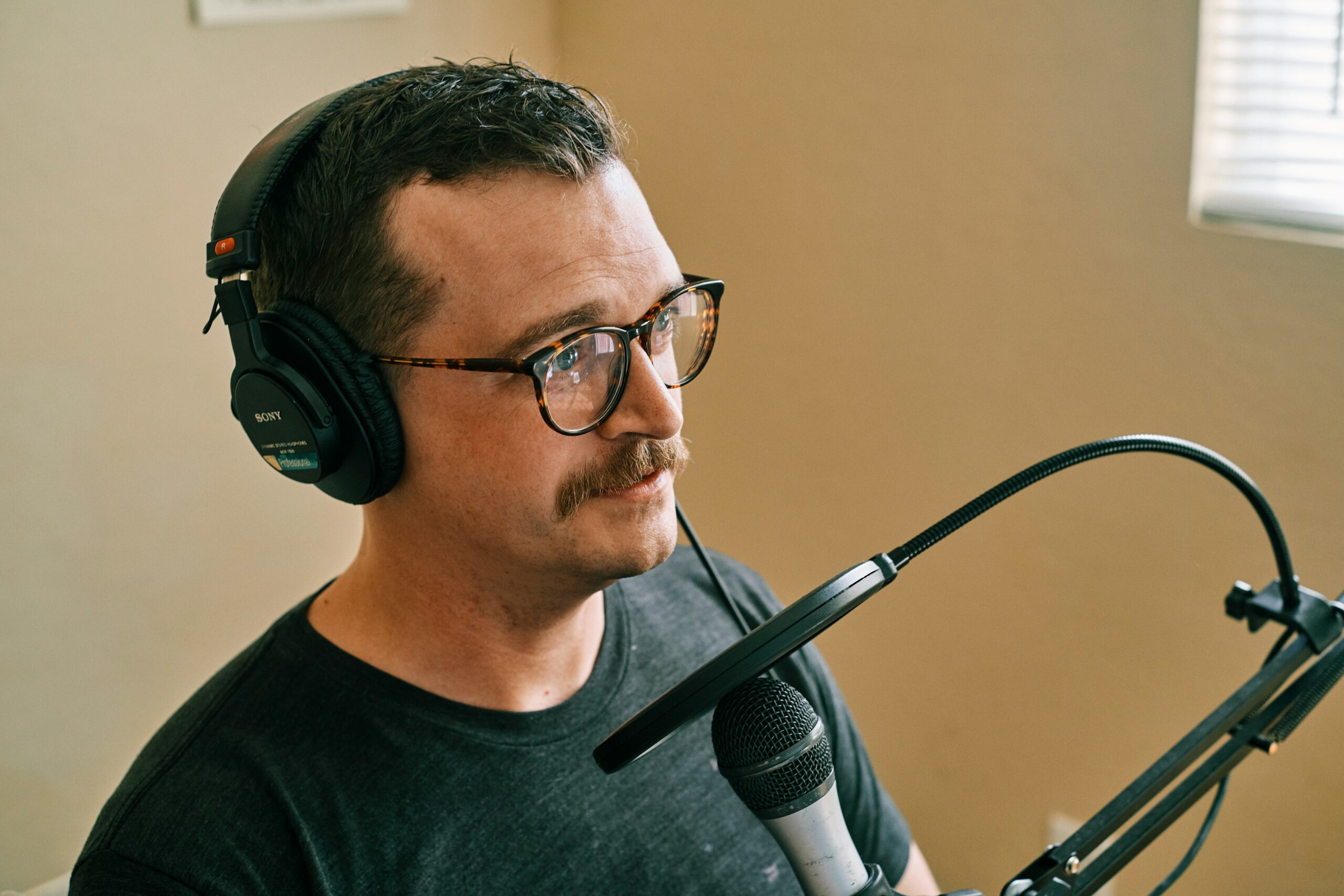If you’ve ever dreamed of sharing your music with the world, knowing how to record a demo is the first step toward turning those dreams into reality. A well-crafted demo can open doors, whether you’re looking to land a gig, attract a record label, or simply introduce your sound to potential fans. Here’s how to start creating a demo that truly represents you as an artist.
1. Pick 2-4 Favorite Songs to Represent Your Style
Choosing the right tracks for your demo is crucial. These songs are your first impression, representing who you are as an artist. Select 2-4 songs that best showcase your style and range, whether they’re original compositions or covers that resonate with your musical identity. This selection should highlight your unique strengths, so choose wisely to grab listeners’ attention from the first note.
2. Use a Recording Method That Compliments Your Music
These days, audio technology is all around us. Consider your budget, skill level, and the feel of your music to decide which recording method will best produce the demo of your dreams.
Basic Recording Options
For many budding artists, starting simple is the way to go. You can begin with basic recording tools like a good-quality microphone, an audio interface, and a quiet space. This setup is often enough for acoustic acts or solo artists. The key is clarity — make sure your recordings are clean and free from background noise.
Digital Audio Workstations (DAWs)
If you’re ready to take your recording to the next level, a digital audio workstation (DAW) might be your best friend. Software like Ableton, Logic Pro, or Pro Tools offers extensive tools for recording, editing, and mixing your own tracks at home.
DAWs are perfect for artists looking to layer sounds or achieve a more polished finish. They allow you to experiment with effects, overlays, and fine-tuning, giving you control over every aspect of your sound.
Professional Studio Mixing
Sometimes, the DIY approach has its limits. If you’re aiming for top-notch quality, consider booking time in a professional recording studio. Here, you can work with experienced engineers who know how to make your music shine. This option can be more costly, but the expertise and advanced equipment are invaluable for producing a professional-sounding demo.
3. Create Both Physical and Digital Demos
In today’s digital age, it’s essential to have your demo available in versatile formats. Create both physical (CDs, USB drives) and digital versions (MP3 files, streaming links). This approach ensures that you can distribute your demo in various contexts, from handing a CD to a local venue manager to emailing a link to potential producers and streaming for fans online.
4. Build a Distribution List and Start Sharing Your Sound
Now that your demo is ready, it’s time to get it into the right hands. Build a distribution list that includes local radio stations, music bloggers, venue owners, and anyone else who might help propel your music career. Prioritize figures who love music in your genre, then personalize your outreach, share your story, and let your passion shine through. Remember, your demo is more than just a set of songs — it’s your musical introduction to the industry.
Take Your Demos to the Next Level with John Casablancas
Recording a demo is a significant milestone in any musician’s career. It encapsulates your artistic essence and serves as your ambassador to the music world. But it’s not the only way to share your art or grow your skillset as a musician.
If you’re serious about your music career, the experts at John Casablancas International can provide you with the tools, techniques, and industry insights needed to refine your craft and level up your songwriting. From developing your confidence and stage presence to providing networking opportunities, John Casablancas International can help turn your musical aspirations into so much more.
Ready to get started? Just contact the John Casablancas International team today!



